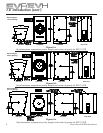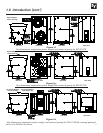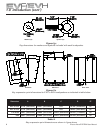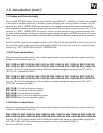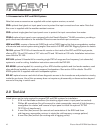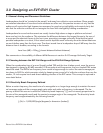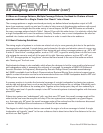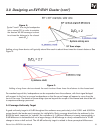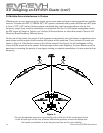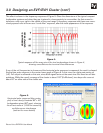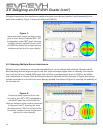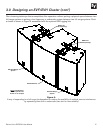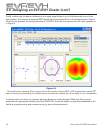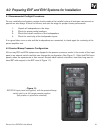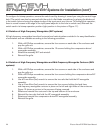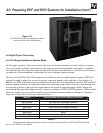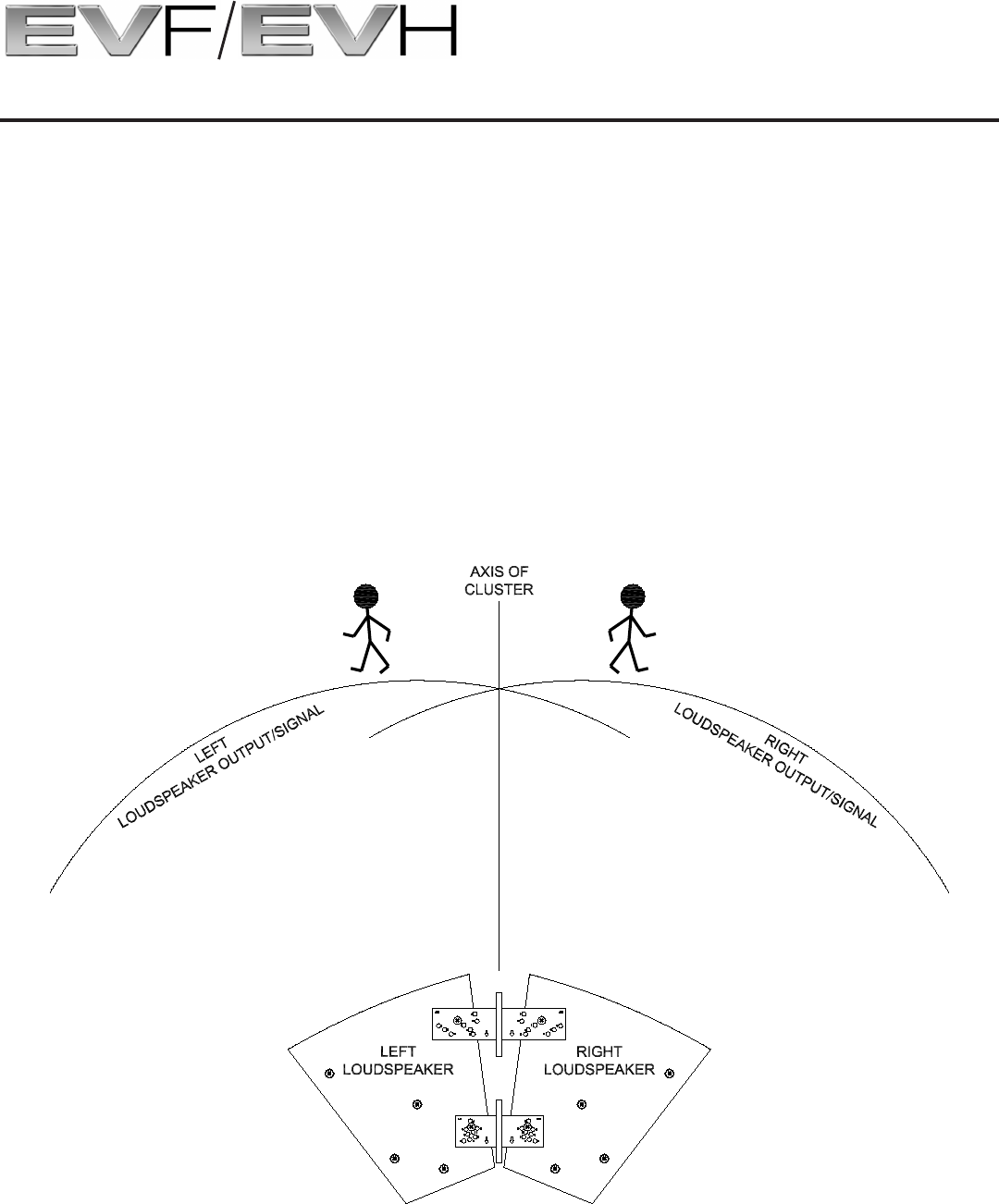
Electro-Voice EVF/EVH User Manual14
3.5 Multiple-Source Interference in Clusters
Whenever two or more sources serve a single venue, some seats will receive strong signals from multiple
sources. Consider two EVF-1122S/64 60° x 40° systems clustered side by side with their axes 60° apart
to form a 120° x 40° cluster. If these systems maintained their rated coverage patterns into the low-
frequency range, there would be essentially no interference. But the 12-inch-square waveguides used in
the EVF series will begin to “balloon out” at about 2 kHz and below, an effect discussed in Section 3.21
Directivity Break Frequency Defined, above.
On the axis of the cluster, the output of both systems sums perfectly, since the listener is equidistant from
each system and the output of both reaches the listener at the same time. This is the axis-of-cluster line
shown in Figure 4. If the listener moves to the left (as viewed in the figure), the left loudspeaker will be
closer and the sound will arrive sooner. At some angle and at some frequency, the time difference will be
equivalent to reversing the polarity of one signal, causing a complete cancellation of cluster output at that
frequency.
Figure 4:
The two loudspeaker sources sum perfectly only on the axis of the cluster (as shown);
to the left and right of this axis, distance differences produce arrival-time differences
that cause cancellation of some frequencies (see text for more details)
3.0 Designing an EVF/EVH Cluster (cont’)



